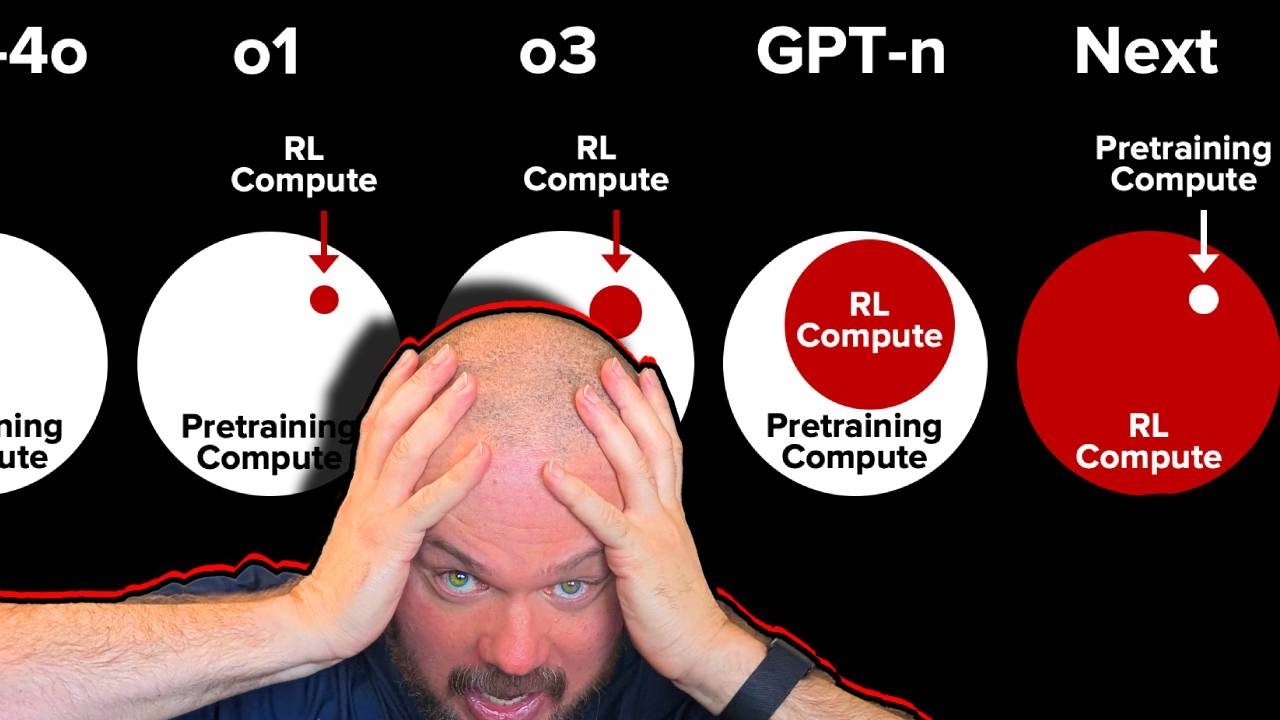The video discusses AI researcher Dr. Alan D. Thompson’s prediction that humanity could reach the technological singularity, including AGI and ASI, by mid-2025, highlighting rapid advancements and key milestones indicating near-complete progress. It also emphasizes the potential risks and transformative impacts of superintelligent AI, such as extreme precautions, autonomous innovation, and societal changes, urging careful monitoring of ongoing developments.
The video discusses the prediction by AI researcher Dr. Alan D. Thompson that humanity could reach the technological singularity, specifically Artificial General Intelligence (AGI) and Artificial Superintelligence (ASI), by mid-2025. Thompson claims we are already in the early stages of this transition, citing rapid advancements and new inventions driven by large language models and AI labs worldwide. He highlights a checklist of 50 markers indicating progress toward ASI, with current developments showing significant strides, such as breakthroughs in scientific research, hardware improvements, and AI-driven inventions, suggesting we are about 94% of the way there.
A key point in the video is the idea that some experts, like Ilia Sutzkver, believe that the release of AGI could necessitate extreme precautions, such as building bunkers to protect scientists and key personnel. Sutzkver and others have even associated the advent of AGI with apocalyptic or transformative scenarios, including the concept of a “rapture,” where certain individuals might be taken away by the technology, leaving others behind. These metaphors reflect both the immense power and potential risks of AGI, emphasizing the need for careful handling and containment strategies as the technology develops.
The video delves into recent scientific and technological breakthroughs, particularly highlighting Microsoft’s AI contributions, such as discovering novel materials and accelerating scientific research. For example, AI has helped identify new battery materials and physical inventions by screening millions of candidates rapidly. These advancements are seen as markers on the path toward ASI, demonstrating AI’s ability to self-improve hardware, optimize data centers, and contribute to scientific discovery at an unprecedented pace. The speaker emphasizes that these developments are early indicators of the broader trend toward superintelligence, with AI systems increasingly capable of autonomous innovation.
A significant portion of the discussion centers on the Alpha Evolve project, an AI system that uses evolutionary algorithms powered by Google’s Gemini models to improve code and hardware across various domains. This system exemplifies how AI can self-optimize and generate solutions for complex scientific and engineering problems without human intervention. The speaker explains how Alpha Evolve and similar systems have already achieved remarkable results, such as optimizing data center operations and solving longstanding technical challenges, illustrating the rapid progress toward more autonomous and capable AI systems that could eventually lead to ASI.
Finally, the video explores a proposed checklist of 50 milestones that would signify the arrival of ASI, including autonomous humanoids, advanced space exploration, and the elimination of crime through AI-driven mental health and economic reforms. The speaker reflects on how these markers, even if not all achieved yet, represent a trajectory toward a future where AI fundamentally transforms society. He emphasizes the importance of tracking these developments and staying informed about ongoing breakthroughs, as they could herald a new era of scientific, technological, and societal change driven by superintelligent AI.
